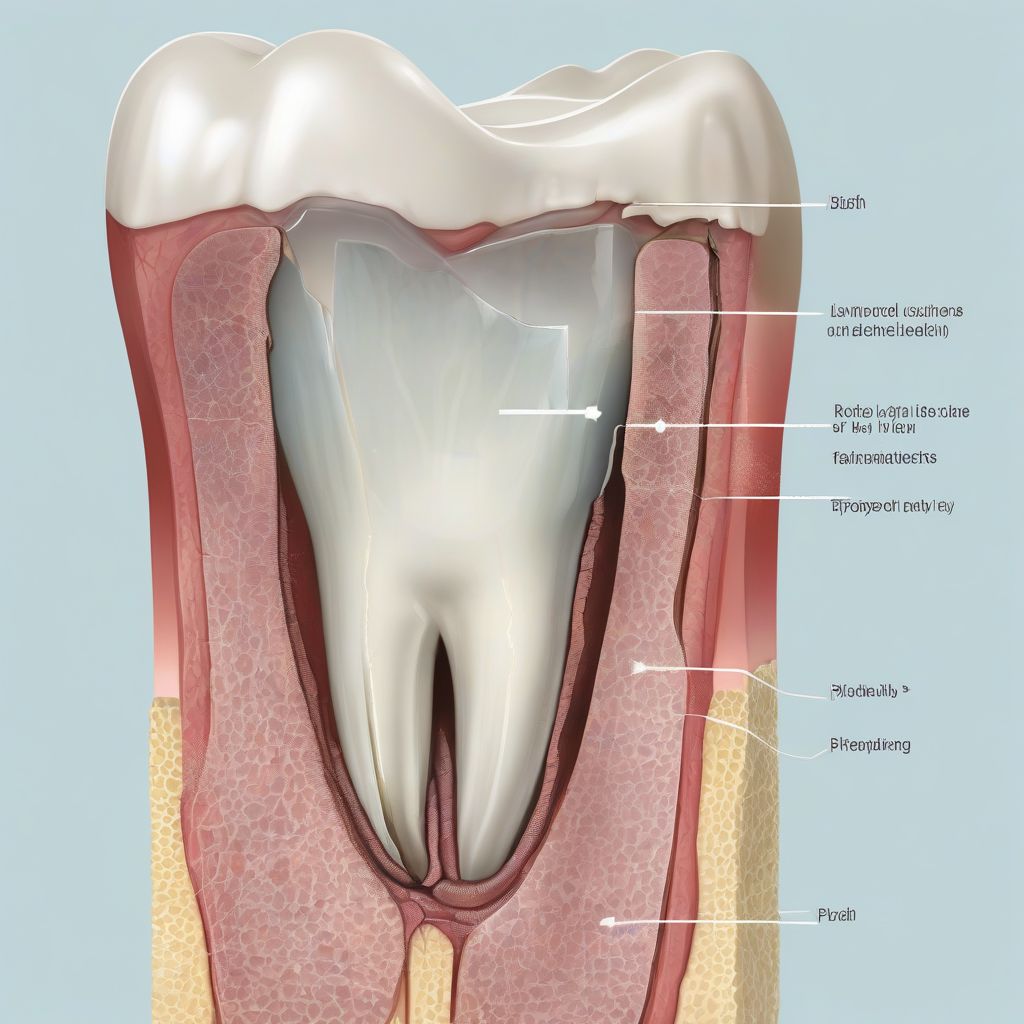You were enjoying a meal, maybe something crunchy, and then it happened – you felt a crack and realized a piece of your tooth was missing. Finding out that half your molar tooth broke off can be a scary experience, especially when you don’t know what to do next. Don’t panic, we’re here to guide you.
Understanding the Situation: Why Did My Molar Break?
Molars are your workhorse teeth, designed to grind and chew food. Several factors can lead to a molar breaking, including:
- Biting down on hard foods: Ice, popcorn kernels, and hard candy are common culprits.
- Tooth decay: Weakened enamel is more susceptible to fractures.
- Large fillings: Over time, large fillings can weaken the remaining tooth structure.
- Teeth grinding (bruxism): This habit puts excessive pressure on teeth, increasing the risk of breakage.
- Trauma to the mouth: A blow to the face can easily chip or break teeth.
tuvithiennga.com/wp-content/uploads/2024/08/broken-molar-66bac6.jpg" alt="Broken molar illustration" width="1024" height="1024">Broken molar illustration
What Should I Do If Half My Molar Broke Off?
If you’re experiencing pain, swelling, or bleeding, it’s crucial to see a dentist immediately. Here are some steps to take before your appointment:
- Rinse your mouth with warm salt water. This helps to cleanse the area and prevent infection.
- Apply a cold compress to the outside of your cheek to reduce swelling.
- Take over-the-counter pain relievers such as ibuprofen or acetaminophen as directed.
- If the broken tooth has a sharp edge, cover it with a piece of sugar-free gum or dental wax to prevent it from cutting your tongue or cheek.
Treatment Options for a Broken Molar
The treatment for a broken molar depends on the severity of the damage. Your dentist will assess the situation and recommend the best course of action. Here are some common treatment options:
- Dental Filling or Bonding: For minor chips or breaks, a simple filling or bonding can restore the tooth’s shape and function.
- Dental Crown: If a large portion of the molar is missing, a dental crown can provide a durable, custom-made covering.
- Root Canal: If the break is severe and exposes the tooth’s pulp (the inner chamber containing nerves and blood vessels), a root canal may be necessary to remove the damaged tissue and save the tooth.
- Extraction: In some cases, if the tooth is severely damaged or beyond repair, extraction may be the only option. Your dentist can discuss tooth replacement options, such as a dental implant or bridge.
Preventing Future Dental Emergencies
While accidents happen, you can take steps to minimize the risk of breaking your teeth:
- Avoid chewing hard foods: Be mindful of what you eat and try to avoid biting down on hard objects.
- Practice good oral hygiene: Brushing twice a day, flossing daily, and regular dental checkups help prevent decay that weakens teeth.
- Wear a mouthguard: If you grind your teeth, talk to your dentist about getting a custom-fitted mouthguard.
- Protect your teeth during sports: Always wear a mouthguard when participating in contact sports.
Experiencing a broken tooth can be unsettling, but understanding your options and seeking prompt dental care can help you regain your oral health and get back to enjoying your favorite foods.

